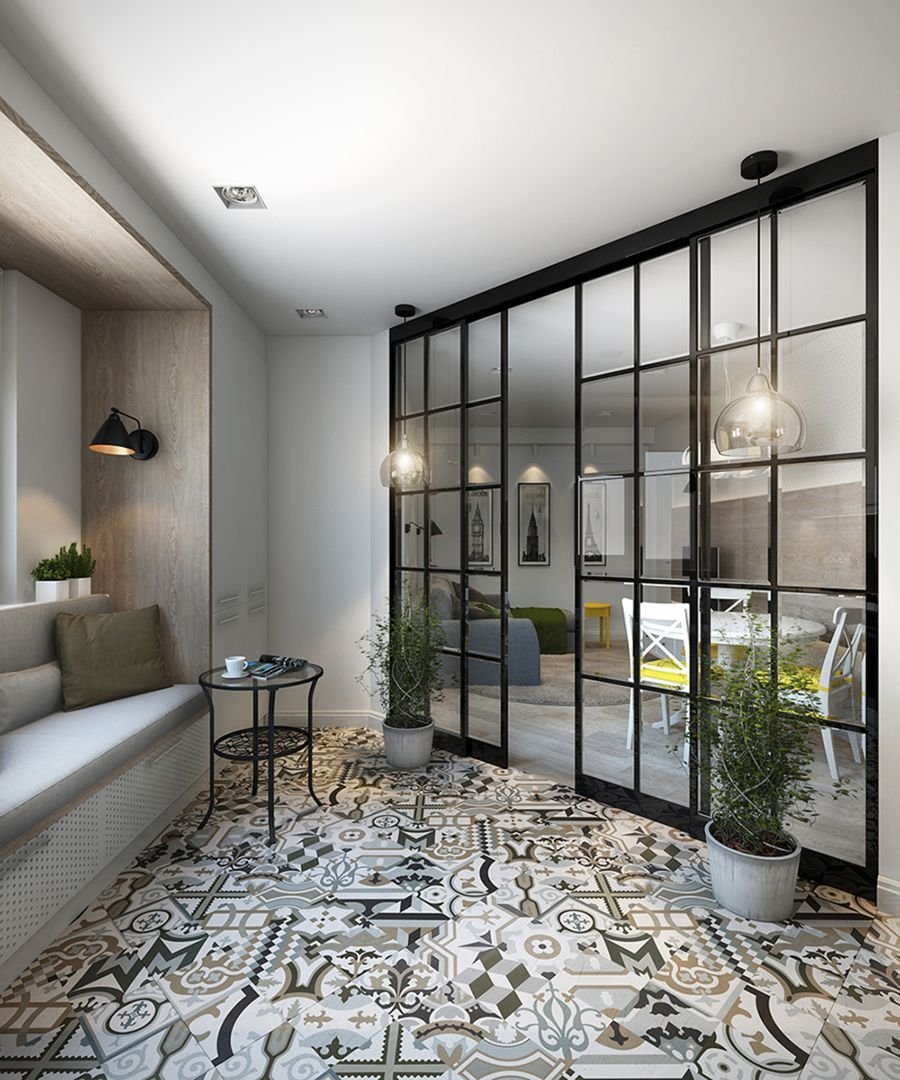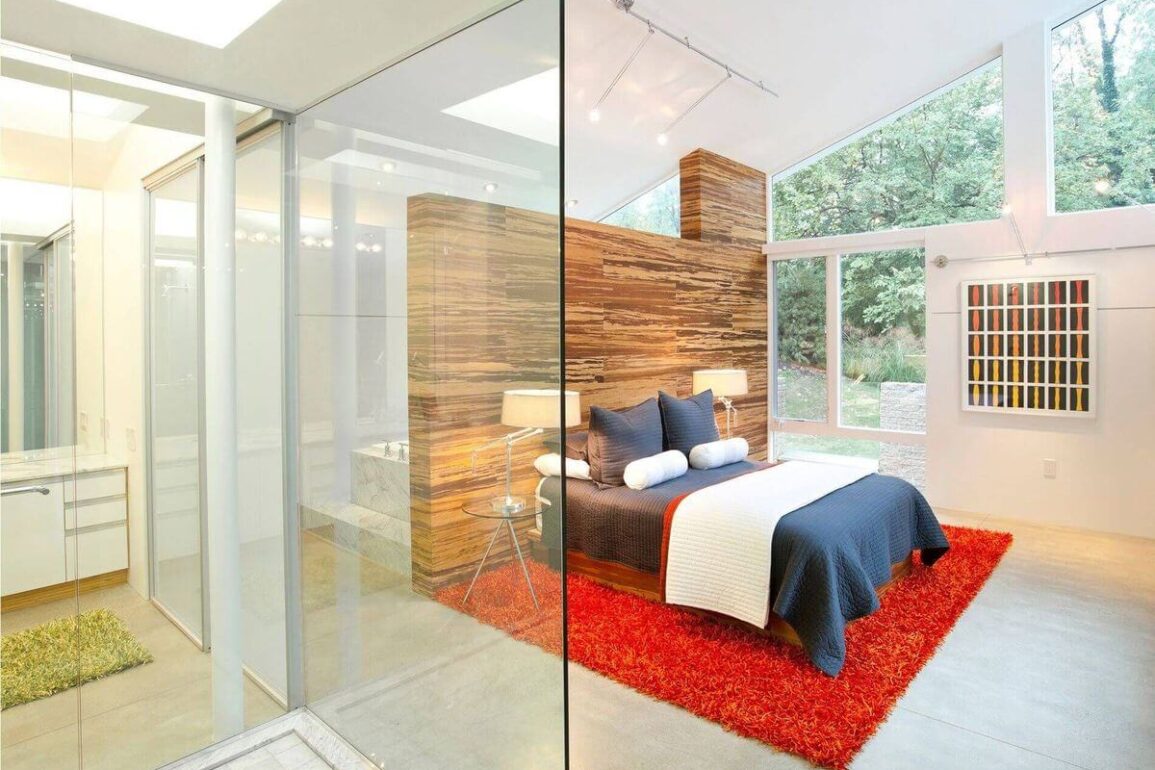The fusion of transparency and privacy in interior design has been revolutionized by the advent of glass partitions with adjustable transparency. These innovative solutions provide an ideal balance between open aesthetics and the need for confidentiality. This article explores how these adjustable glass partitions are changing the landscape of interior design.
The Technology Behind Adjustable Transparency
The key to these partitions lies in their cutting-edge technology. Smart glass, the most common type, changes its appearance from transparent to opaque with the flick of a switch. This transformation is achieved through technologies like electrochromic, PDLC (Polymer Dispersed Liquid Crystal), or SPD (Suspended Particle Device) systems. When electrically stimulated, the glass changes its state, offering control over the level of transparency and privacy.
Applications in Commercial Spaces
In office environments, adjustable glass partitions are a game-changer. They offer the flexibility to create private meeting rooms or offices without sacrificing the open-plan aesthetic. At the switch of a button, a transparent office can become a private meeting room, providing confidentiality for sensitive discussions. This adaptability makes them an ideal choice for dynamic workspaces where the needs can change rapidly.
Enhancing Home Interiors
In residential spaces, these partitions are increasingly popular in creating versatile living areas. They can be used to separate a home office from a living room or to partition off a sleeping area in a studio apartment. Homeowners can enjoy an open and airy environment when they want it, and privacy when they need it, all without the need for physical barriers like curtains or blinds.
Benefits for Light and Space Management
One of the greatest advantages of glass partitions with adjustable transparency is their ability to manage light and perception of space. Even when in the opaque mode, they allow light to diffuse through, keeping spaces well-lit and maintaining a feeling of openness. This is particularly beneficial in areas with limited natural light.
Design Aesthetics and Customization
These partitions are not just functional; they are also highly customizable and can contribute significantly to the overall design aesthetic. They can come in various tints, patterns, and even with embedded designs that become visible only when the glass is opaque. This feature allows for personalization and alignment with the overall design theme of the space.
Privacy on Demand
The core appeal of adjustable glass partitions is the ability to provide privacy on demand without permanent physical barriers. This feature is particularly useful in multi-functional spaces or areas where privacy needs can change throughout the day.
Conclusion
Glass partitions with adjustable transparency are a testament to how technology can enhance both functionality and aesthetics in modern design. They offer a flexible solution to the age-old dilemma of balancing openness with privacy. In both commercial and residential settings, these innovative partitions are paving the way for more adaptable, efficient, and visually appealing spaces.








